We Californians are all under a state-wide mandate to stay at home, to minimize the spread of COVID-19 this spring. School hasn’t been cancelled, but all classes have converted to distance learning. I had four days to figure out how to deal with that. Fortunately we are in spring break this week, which gives us all a little bit of a breather. I’m going to use the time to catch up on grading and plan for the second half of the semester.
The marine lab is also closed for business. Only essential personnel are allowed to be there. The term ‘essential personnel’ includes people whose responsibilities are animal husbandry. Since animals will die if I’m not there to feed them, I have met that criterion for essentiality. That’s not a word, but you know what I mean. With so many fewer than usual people at the marine lab, there’s a lot more wildlife activity. A few days ago I saw a long-tailed weasel (Mustela frenata) chase down and capture a young brush rabbit. I just barely had time to catch a quick shot with my phone.
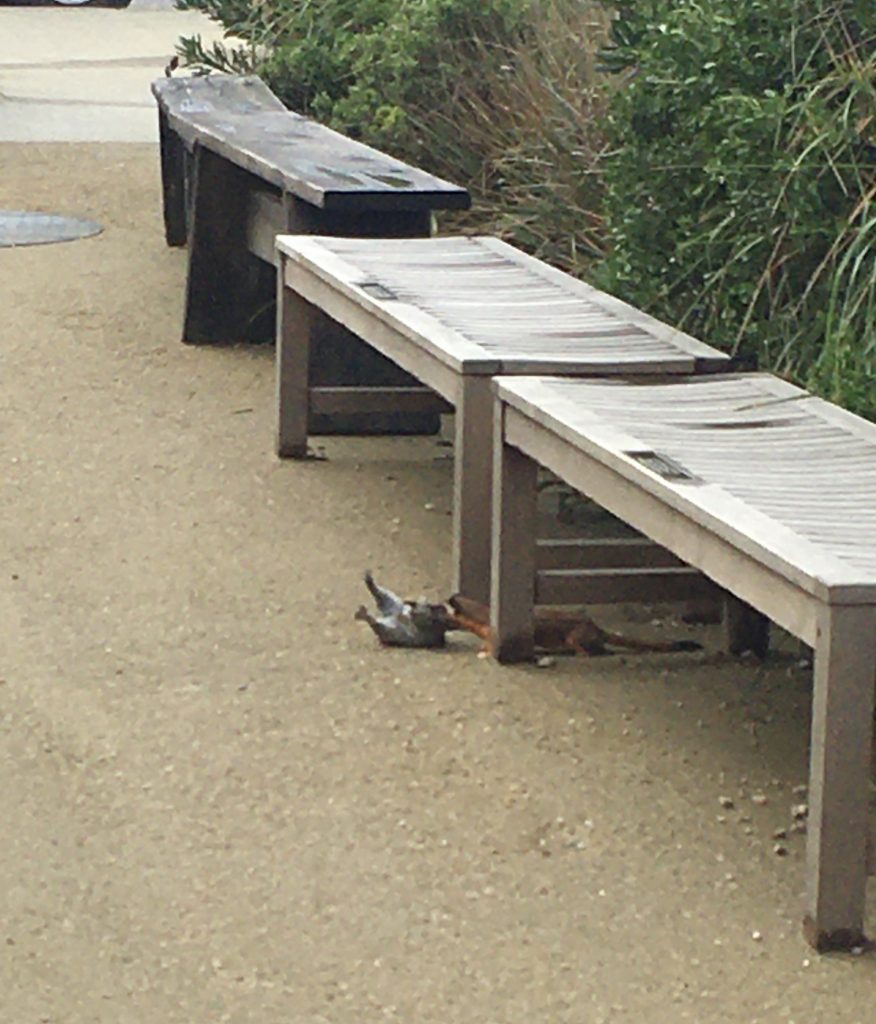
2020-03-17
© Allison J. Gong
The most noticeable thing, though, is the increased birdsong. The sparrows, finches, red-winged blackbirds, mallards, doves, towhees, and hawks are all making a lot of noise. The barn swallows (Hirundo rustica) returned to the lab on the 21st, right on time! Maybe this year they’ll have a more successful nesting season than they did last year.
Yesterday I witnessed something I’d never seen before: a territorial dispute between a black phoebe (Sayornis nigricans) and a barn swallow. The fact that I had never seen it before in no way implies that it happens only rarely; maybe I’ve just never paid that much attention to these things before, or they’ve never happened while I’ve been around to watch.
Here’s the story, in a series of snapshots.
Prologue. The barn swallow (H. rustica) is perched on one of the outdoor light fixtures. The phoebe (S. nigricans) swoops up from below.
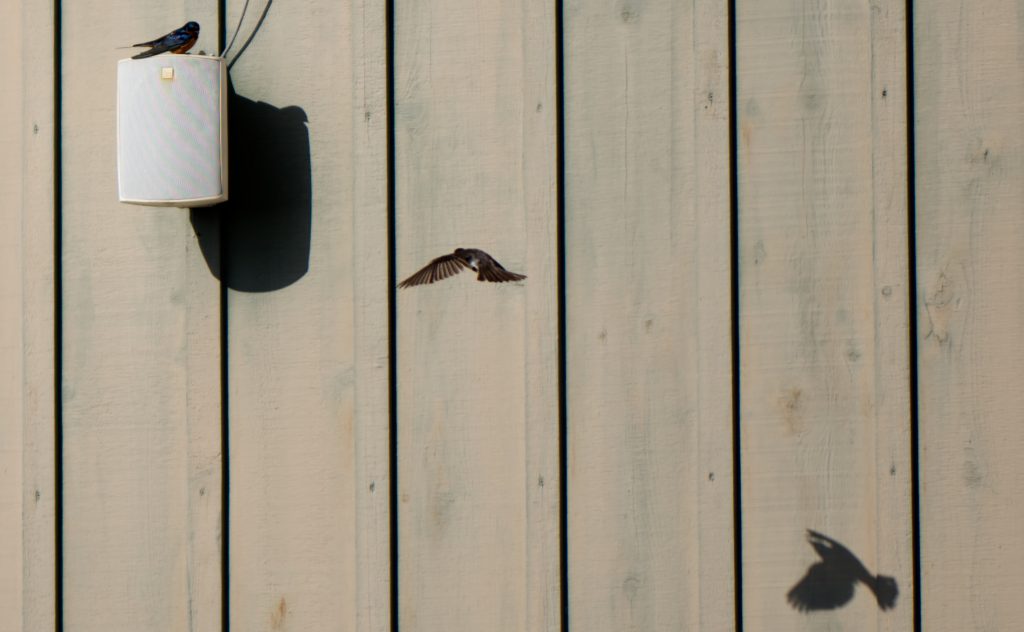
2020-03-23
© Allison J. Gong
The swallow takes to the air, only to be divebombed by the phoebe.
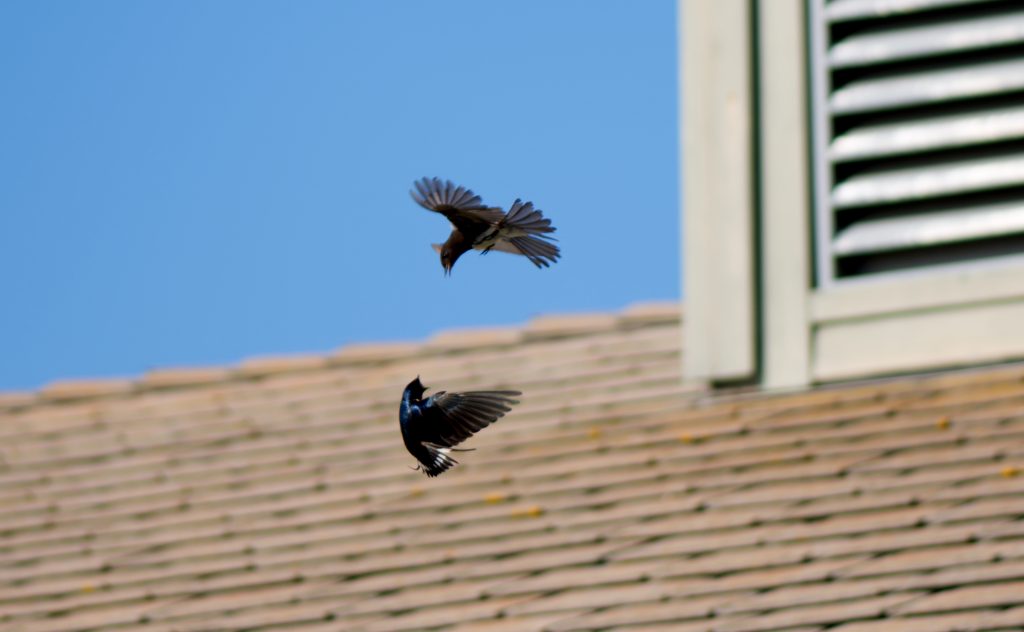
2020-03-23
© Allison J. Gong
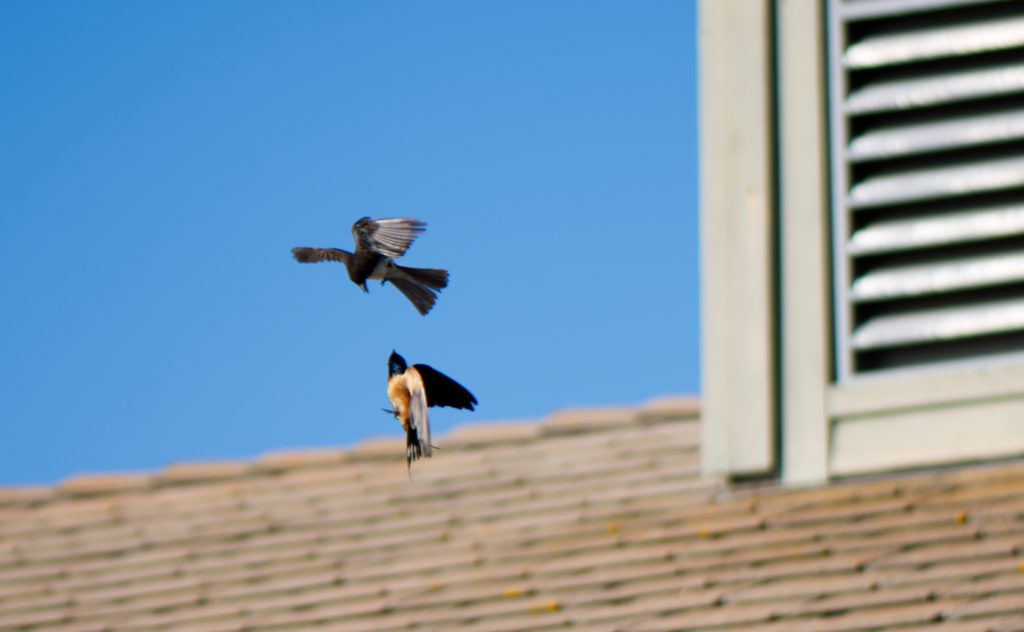
2020-03-23
© Allison J. Gong
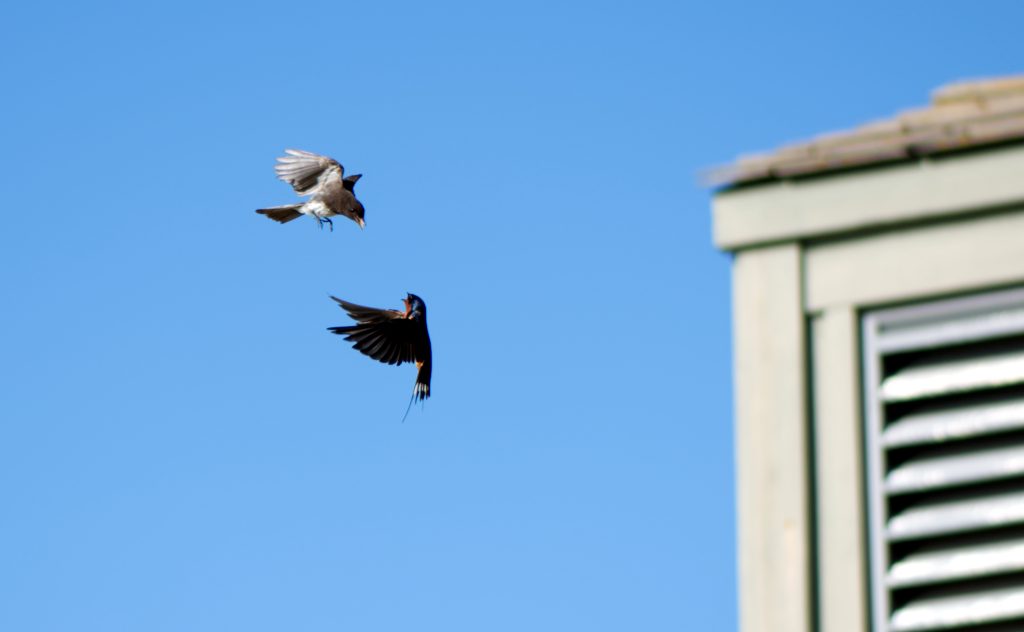
2020-03-23
© Allison J. Gong
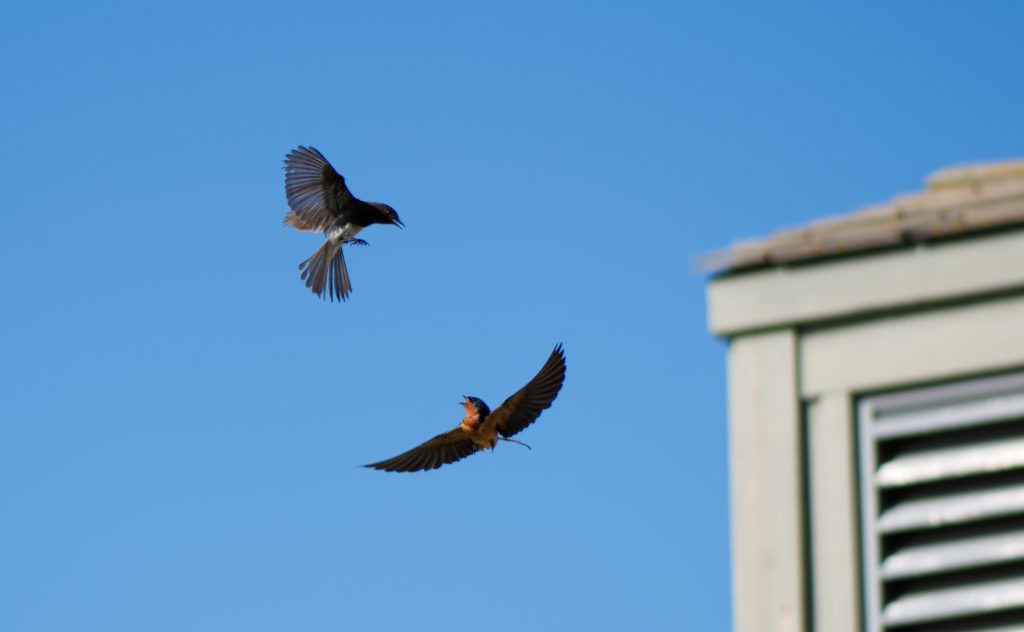
2020-03-23
© Allison J. Gong
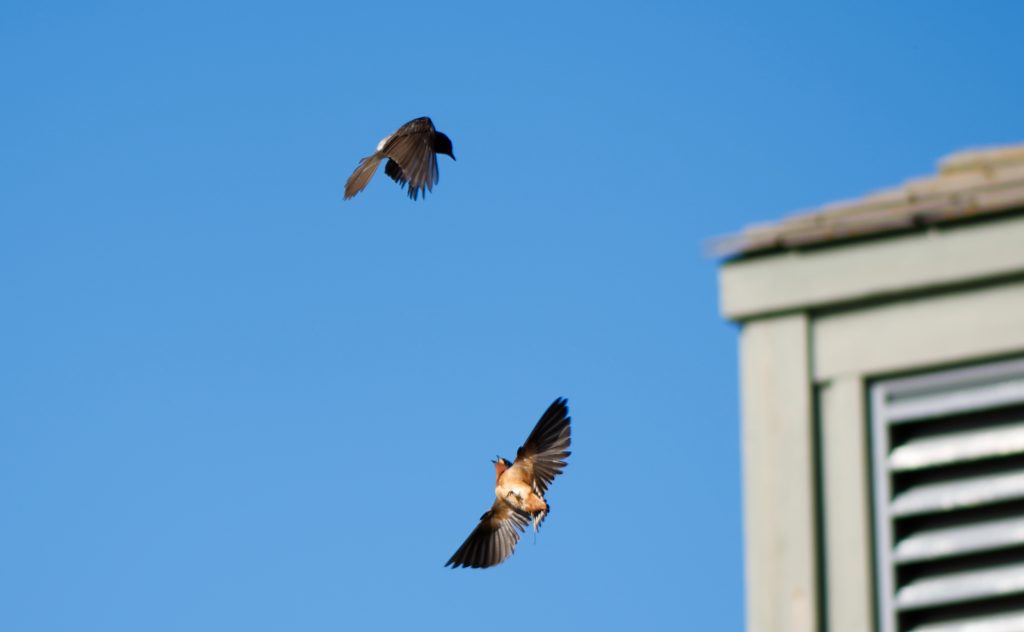
2020-03-23
© Allison J. Gong
The swallow retreats. . .
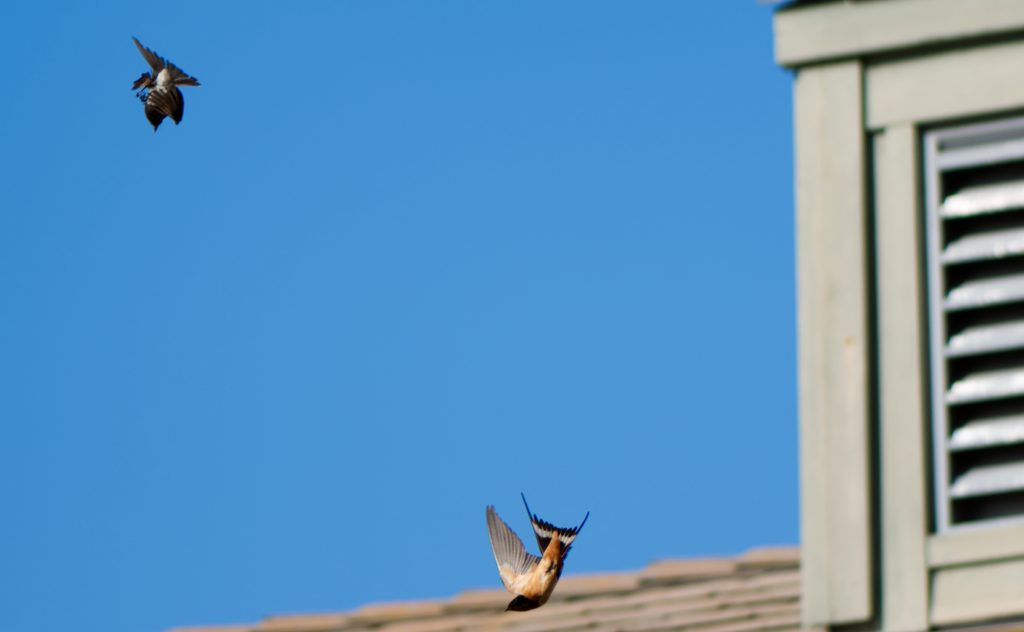
2020-03-23
© Allison J. Gong
. . . and the phoebe perches, triumphant, on the rain gutter.
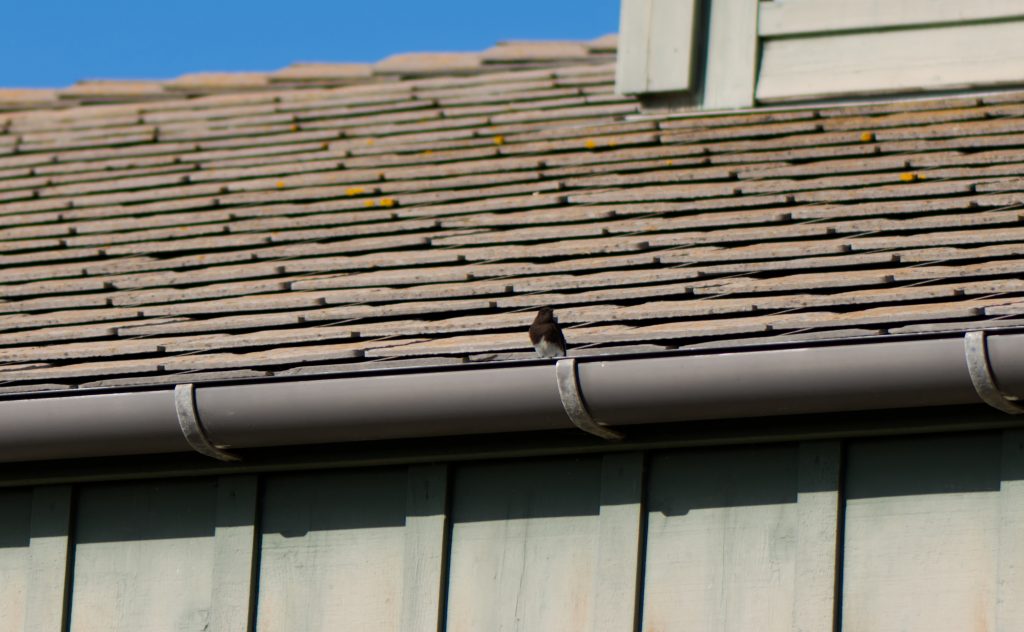
2020-03-23
© Allison J. Gong
The entire altercation lasted maybe as long as four seconds. I didn’t see where the swallow flew. The phoebe remained on the rain gutter for about a minute or so, then took off over the meadow. Perhaps it has a nest somewhere nearby and was defending it. Both species build mud nests on cliffs and buildings, so these birds could be competing for nest sites. Or maybe phoebes just don’t like swallows. Either way, this was the sort of interaction that I don’t notice when there is a lot more human activity at the marine lab. Nature has a way of re-asserting herself when humans are removed from the scene for even a short period of time.
Stay safe and be well, friends!
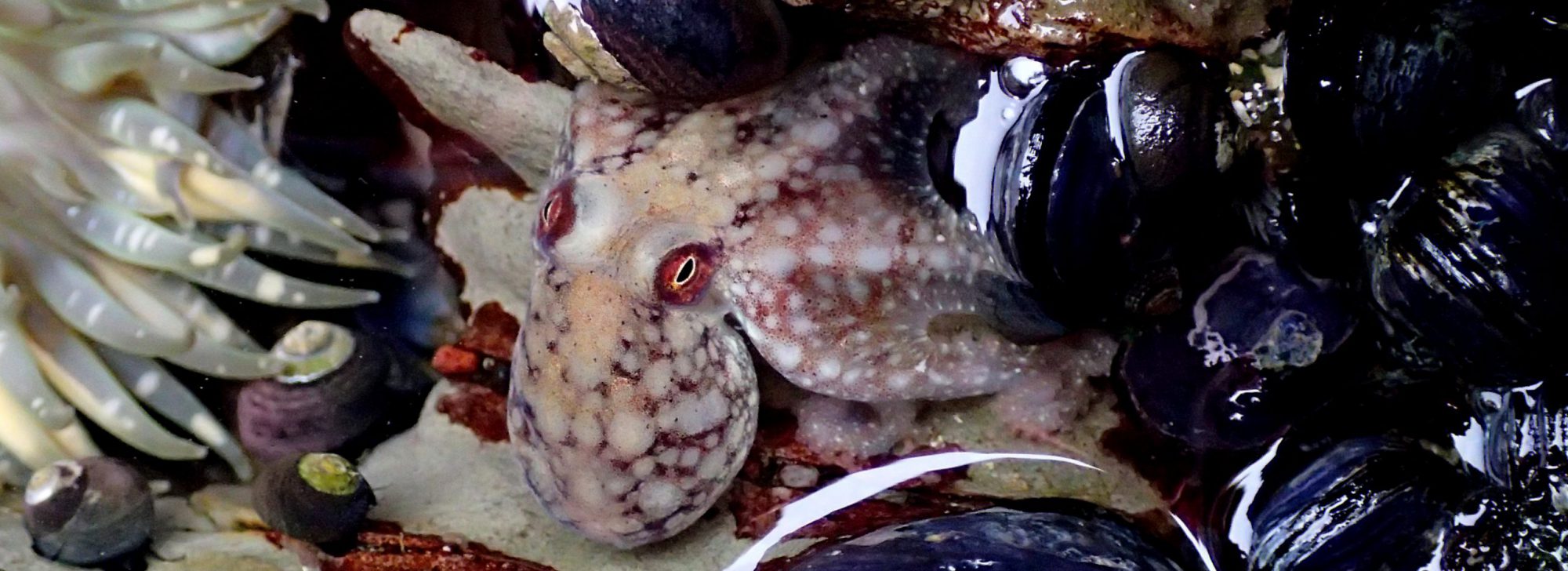
These photos are great!